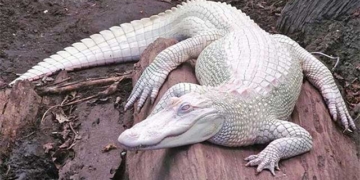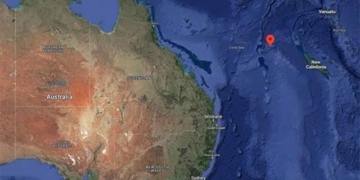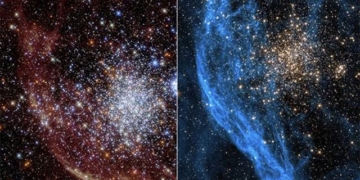The Great Barrier Reef, located in the Coral Sea off the coast of Queensland, Australia, consists of over 600 islands and coral cays, stretching 2,013 kilometers in length and 16-20 kilometers in width, with its widest point measuring 240 kilometers. It covers a total area of 207,000 square kilometers, forming a natural barrier along the Australian coastline.
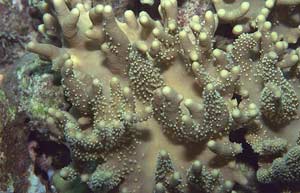 |
Coral at the Great Barrier Reef (Photo: photo.net) |
The reef is composed of organisms known as corals, which are hollow-bodied animals (Coelenterata). These corals thrive on the seabed where limestone formations exist, consuming algae and excreting limestone after digestion. When older corals die, their skeletons contribute to the limestone structure, allowing younger corals to continue living on the same foundation. Over millions of years, this process has led to the formation of an expansive coral region. Some coral formations emerge above the water’s surface, creating islands that act as strongholds protecting the coastline, hence the name “Great Barrier Reef.”
The large coral structures can exceed 200 meters in thickness and have a history dating back 30 million years. The sea conditions in this area, including water temperature and salinity, are ideal for coral life, leading to robust coral growth and creating a unique ecosystem in Australia.
The reef is home to over 350 species of coral in a variety of colors. Some corals resemble the peach blossoms of the Lunar New Year, while others are as beautiful as dancing peacocks or resemble intricate tree branches and exquisite carved jewelry. Viewed from above, the reef appears as a vibrant garden of flowers floating on the blue sea. It also hosts diverse marine life, including unusual fish that swim, hunt, and compete within these “marine glasshouses.” Some oysters that inhabit the coral can weigh up to 140 kilograms, and there are species like the lionfish, which can release venom, as well as stonefish, which mimic the appearance of rocks.
Currently, the reef is under threat from a species of crown-of-thorns starfish that consumes coral, leading to the destruction of some coral patches. The Australian government is actively seeking various protective measures for this vital ecosystem.
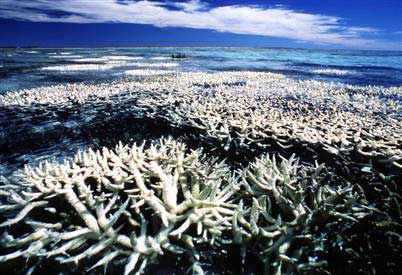
Total area of the Great Barrier Reef is 207,000 km2 (Photo: msnbc.msn)















































